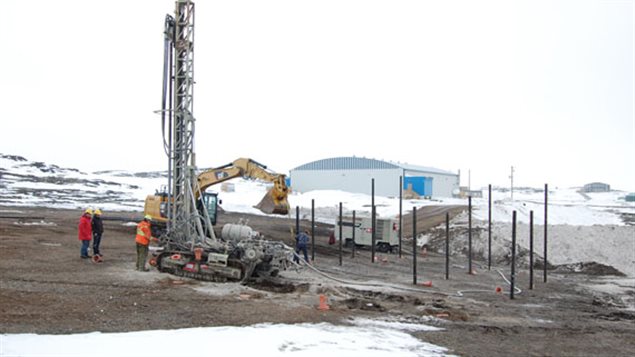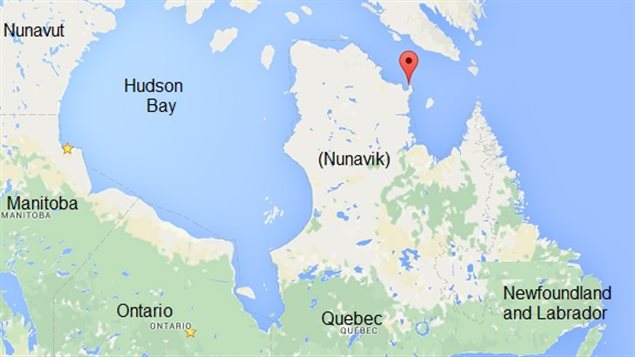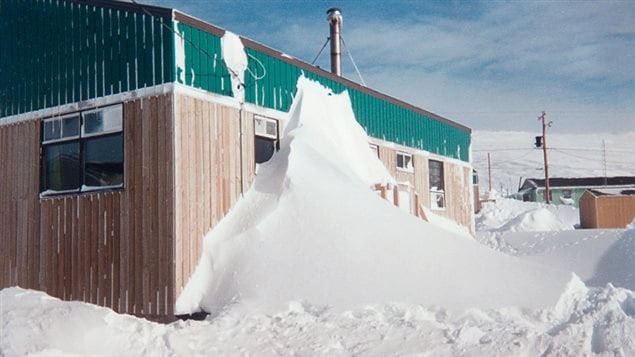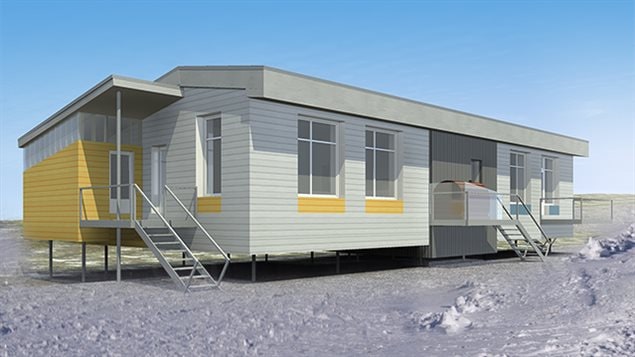Typically, building design in Canada’s far north has consisted more or less of designs from the south. These have not been particularly well-suited to the climate, nor to the lifestyle of the majority of residents who are Inuit or aboriginal.
In the province of Quebec portions of the far northern region known as Nunavik stretch above the 60th parallel into the Arctic and adequate housing has long been an issue in the far northern region.
Now the Societe d’habitation du Quebec, (SHQ) the province’s social housing agency, has proposed a new housing design for the far north.

The agency has been working on the design since 2012 in collaboration with a Montreal architectural firm and the regional agencies Makivik Corporation and Kativik Municipal Housing Bureau. The latter two provided input as to the needs and traditions of Inuit and Cree inhabitants, especially as it relates to interior layout and features.
The result of the collaboration will be a prototype design comprising two units currently being built and expected to be ready later this year in the community of Quaqtaq on the shore of Diana Bay in Hudson Strait.

The design incorporates highly insulated shell (roof, walls, floor) and triple glazed windows for energy efficiency, and an innovative heating system involving heat exchange from the water heater.

There is additional storage in the attic, kitchen, and laundry room. Inuit tradition has been taken into account by creating a cold porch and a warm porch. Additionally, locked storage cabinets are built-in for hunting rifles and ammunition, the kitchen has a large island counter that can be moved when residents need more space, and underneath is storage for large chopping boards.

The home will sit on piles driven into the ground to provide a solid footing in the rocky terrain but also to take into account situations where climate-change is melting the permafrost layer.
The Montreal firm behind the prototype, FGMDA Architects, have also designed a number of buildings in the Arctic including the Canadian High Arctic Research Station in Cambridge Bay which is slated to be completed in 2017.
The SHQ has not yet said who will live in the two new housing units, nor at what cost.







For reasons beyond our control, and for an undetermined period of time, our comment section is now closed. However, our social networks remain open to your contributions.